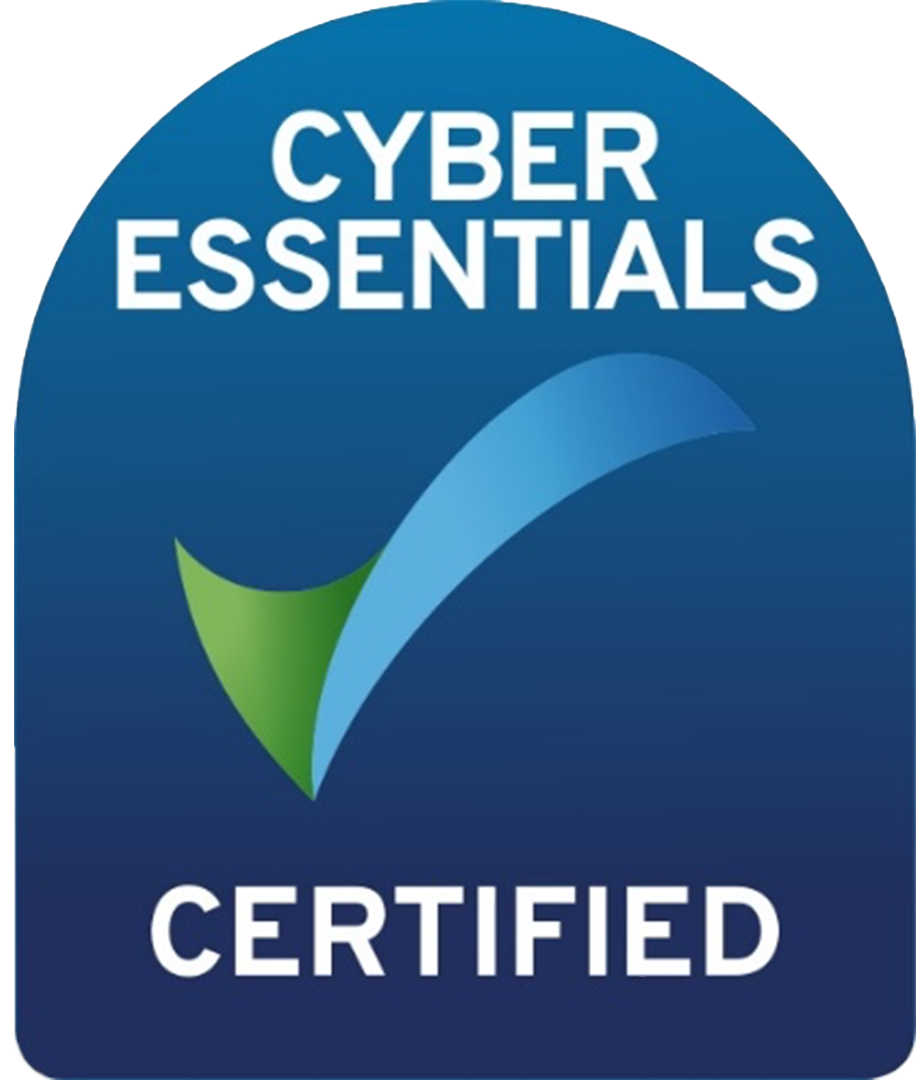
2023 OZ Top Dog with a Job Finalist
Meet Red
Breed: Labrador
Barking from: VIC
Job title: Assistant Dog
What's up dog?
My assistance dog Red has been as astronomical support to my ability to reengage in my community and to rebuild my life after my marriage ended in 2016. I suffer from a very morbid condition called catastrophic antiphospholipid syndrome. I live in my own home, with minimal formal supports. I want to continue living as independently as possible. Red my assistance dog has given me a new lease on life. I have been enabled to reengage in paid employment, with the amazing assistance of Red, for both my physical and psychosocial needs. I could not think of going to work without my dog by my side taking on all the social implications and anxiety that I feel daily, especially after post-traumatic stress and bullying in the workplace disengaged me in 2016. In the past I have required electroconvulsive therapy (ECT) to deal with and help manage my major depressive disorder and social anxiety. Since having Red, I have not had to engage with this sort of treatment. I have not been admitted to a mental health ward and I have also been discharged from the Barwon Health Community Mental Health team since Red's arrival.
Red fits seamlessly into my daily routines, he completes tasks, he engages me, he buffers any social anxiety and enables me to perform my full duties at work. Together we are united, strong team, successfully starting and finishing tasks. Personally speaking, I have had less meltdowns and social outbursts since Red has been my assistance dog. Red brings a calmness to me and if I feel extremely stressed, I can rub his ears. If/when Red detects heightened anxiety, he or I instigate a mental health check, where Red will press his chin to my lap, which diffuses any heightened anxiety and enables me to continue my participation in both community life and work. Having Red beside me at work has enabled me to engage in paid employment 4 days per week, and I have not needed to take any mental health days off work.
Red is literally my hands and my feet when my own limbs cannot or will not oblige. Red boosts my confidence and enhances my will to live and enables me to be the best I can possibly be.
To me, the main advantages of having a Red as an assistance dog include:
- Return to 4 days per week paid employment, without requiring personal care shifts at work.
- Increased independence.
- Improved social interactions.
- Companionship.
- Assistance with specific, impairment-related, tasks.
Having access to an assistance dog has brought me significant, general, and specific improvements to my overall quality of life. These benefits give me considerable independence while living with my disabilities, in society and the economy by enhancing and enabling me to be as independent as possible and improve my overall learning and working abilities.
For me, the practical benefits of having an assistance dog include improved mobility and ease of completing tasks, without relying on a support worker. Examples include:
- Completing the loading and unloading of the washing machine and help hanging the washing out on the air dryer.
- Help completing the undressing of lower and upper body garments at shower time.
- The completion of opening and closing gates and doors.
- Retrieving items for me at the supermarket including 1ltr bottle of milk.
- Collecting the home phone when it rings and bringing it to me.
- Collecting my iPhone off the floor when I drop it (this happens often).
- Collecting the oxygen hose when it separates and handing it to me to reconnect.
- Operating light switches.
- Pull manual wheelchair (without me in it) closer to me to enable transfer from power wheelchair to manual wheelchair to occur more easily.
- Emotional regulation leading to a reduction in emotional melt downs.
- Assisted transfers by Red to support my unstable knees – at least 3 times per day at work and in the evening at home.
Red also provides significant psychological benefits to me, such as increased social acknowledgement from the public and my peer network, such as Women with Disabilities Victoria which I am a member of. Attendance at this network has been high since I have had Red, beforehand my attendance was spasmodic and unreliable. My assistance dog Red allows me to gain more freedom and enhances my ability to partake in everyday outings independently like AFL football as I am a Cats member. Red also assists with tasks that may otherwise have been a struggle or impossible to undertake alone. His help means I do not need to have a support worker, and this increases my sense of self-worth and my dignity.
The independence Red brings to me, means;
- better social integration.
- increased social acknowledgement.
- occupational changes.
- increased positive affect.
- boosted confidence and self-esteem.
- socio-economic independence.
The economic benefits of having my assistance dog Red, include:
- I have now returned to 4 days a week of paid employment, which means I am a valued, tax paying Australian citizen.
- Prior to Red I was unable to step inside a workplace due to PTSD and Major Depressive Disorder.
- Large reduction in costs associated with paramedic callouts and hospital visits due to better management of mental health conditions. Previously these were frequent due to mental health welfare, checks for suicide attempts and mental health admissions ALL OF WHICH ARE NIL since Red arrived.
Red is a highly cost-effective support:
Red will cost around $9,5000 total per year for his 10-year working life TOTAL= $95,000 over 10 years
Having Red means that I have not required additional paid support worker care. For example: 3 x 2hr (minimum callout hours) a working day (4 x weekly). 6hrs x 4 days x $65.47 = $1,571.28 x 52 weeks a year =$81,706.56 per year = TOTAL $817,065.60 over 10 years.
PLUS: other additional shifts I would require without Red include:
7 days a week bed shift minimum 2 hour call out for attendant care
Increase social and community participation football Men's and WAFL attendance 4 hours a week 52 weeks.
WDV meetings 2 hours, monthly attendance x 12
Social engagements and birthday, weddings, etc 4 hours month 12 months
These costs are far more expensive than the funding required from the NDIS for my assistance dog.
My economic contribution i.e. being a contributing taxpayer, can be used to support the NDIS funding of an ongoing assistance dog for me.
I have personally found a much higher quality of life since Red arrived to help me. Having an assistance dog enhances my psychological wellbeing and worth, and this positively impacts on my perception of my overall quality of life. Beyond the functional tasks that Red my assistance dog is trained for, there is growing literature describing the benefits on the psychosocial health and wellbeing of myself as Red's handler. I have had a dramatic increase in my psychological wellbeing, emotional wellbeing, and social and economic participation.
Post-traumatic stress disorder (PTSD) is a syndrome of physical, psychological and emotional reactions that can develop after direct or indirect exposure to potentially traumatic events such as workplace bullying and childhood trauma. There are four main clusters of symptoms, including:
- Intrusion – nightmares and flashbacks.
- Avoidance.
- Negative thoughts and mood.
- Heightened arousal.
PTSD symptoms may impair psychological and social functioning, including my recovery and return to work. While PTSD is best known in relation to military personnel, it has also been reported in people experiencing physical assault, sexual assault or serious accidents such as my Motor Vehicle Accident. PTSD is a complex disorder with a high degree of variability in severity and symptoms across individuals.
- Conventional treatments include psychological (e.g. cognitive behavioural therapy)
- Pharmacological therapies,
- Assistance dogs for PTSD or other psychological injury Animal-assisted therapy includes various types of dogs used in therapeutic situations, including emotional support such a ‘Visitâ€
- Psychiatric assistance dogs are a type of assistance dog that is trained to detect signs of anxiety and distress and responds by alerting the individual and interrupting potential panic attacks in the day or nightmares at night.
- Red is also trained to position himself between me and others when in public spaces to provide a sense of safety.
- Red is partially trained by the Assistances Dogs Australia and me in the ongoing training as part of the PTSD therapeutic process.
- Reduction in ECT, not required at all since the arrival of Red – nil treatments.
- The positive effects of human-dog interactions are well known and documented such as increased levels of oxytocin that influence mood and emotions.
- I am a person with PTSD who experiences hyperarousal, anxiety or flashbacks of traumatic events; Red my assistance dog helps me to focus on the present and assure me I am OK and that I am not in danger.
My physical impairments impact on my occupation, social life and my sense of independence. Therefore, having access to an assistance dog reduces the overall disabling impact of my physical impairments, and his presence also improves my psycho-social functional ability.
Red has been trained in remarkable ways to not only provide sensory and motor assistance, but also to look after my own health and wellbeing.
From my perspective, the main overall benefits of having an Assistance dog are:
- Increased confidence.
- Increased perceptions of safety and independence. For example: I passed out and knocked my head and ribs on the way down and knocked myself out, my apple iWatch detected a fall and phoned 000 and Red barked in the background alerting paramedics and emergency services.
- Improved social interactions with the community and overall social engagement.
- Increased economic engagement – working 4 days per week,
- Increased community integration.
- Increased self-esteem.
- Increased independence in community engagement.
- Improvements in physical mobility and reduced reliance on other aids or support workers.
- Improvements in physical and mental health.
- Reduction in depression.
- Increased control of chronic disease.
- Increased motor control.
As well as ensuring that the support meets the reasonable and necessary criteria for NDIS funding, the NDIA wants evidence that:
- The handler can properly care for the animal – yes, I take full responsibility of all Reds daily care needs including feeding and Grooming. I have paid assistance with washing him fortnightly.
- The animal will not cause a health risk to the participant or anyone living in the property. Red does not cause any ill effect to myself or my house mates.
- If the assistance animal is intended to accompany myself to work, that the workplace is in full support. See Ambers Yards area Manager of LCHS support workplace letter.
The NDIS defines an assistance animal as an animal trained to perform at least 3 different tasks or behaviours that lessen the impact of a person's disability Red performs over 10 tasks of daily living to enhance my independence.
Red assists me with both physical and psycho-social/emotional needs support needs and meets all the NDIA requirements to be fully funded.
Red is already a fully qualified Assistance Dog and he and I successfully completed our Public Access Test (PAT) in 2022.
With ongoing support via Assistance Dogs Australia, Red and I continue to strengthen our partnership and Red is continuing to increase his skill levels and the number of tasks he can assist me with.
My life, independence and dignity are all significantly better with an Assistance Dog by my side and I implore the NDIS to ensure continuity of funding for Red for the duration of his working life.
Thank you.
But why dogs?
This winner(s) of 2023 OZ Top Dog with a Job is extensively reviewed and chosen by our judging panel made up of our incredible sponsors, and industry experts.
This award is based on the dog that matchs and exceeds the criteria of PURPOSE, REACH, and IMPACT.
To read the full list of criteria, vist here.
Proudly sponsored by global hiring platform Indeed.
Copyright © 2024, people2people
people2people partners with
CarbonInvoice to measure and mitigate any carbon emissions associated with the work we do.
Specialisations
Locations
Resources




